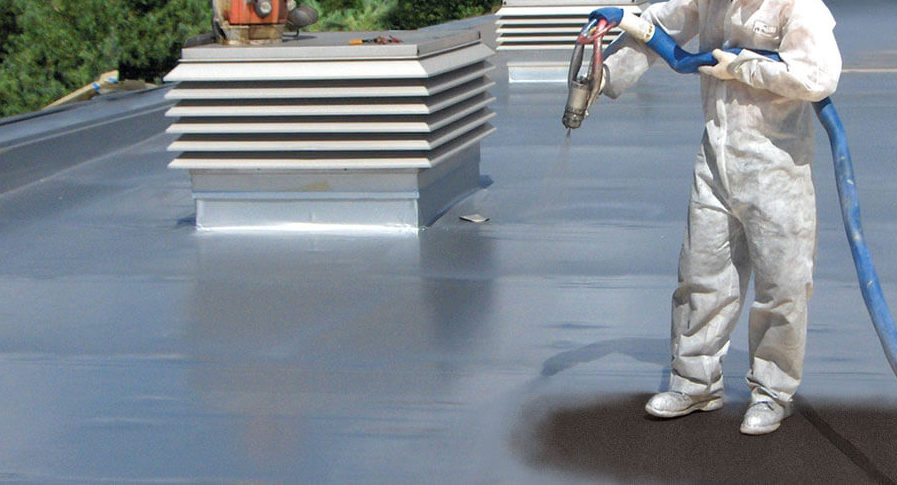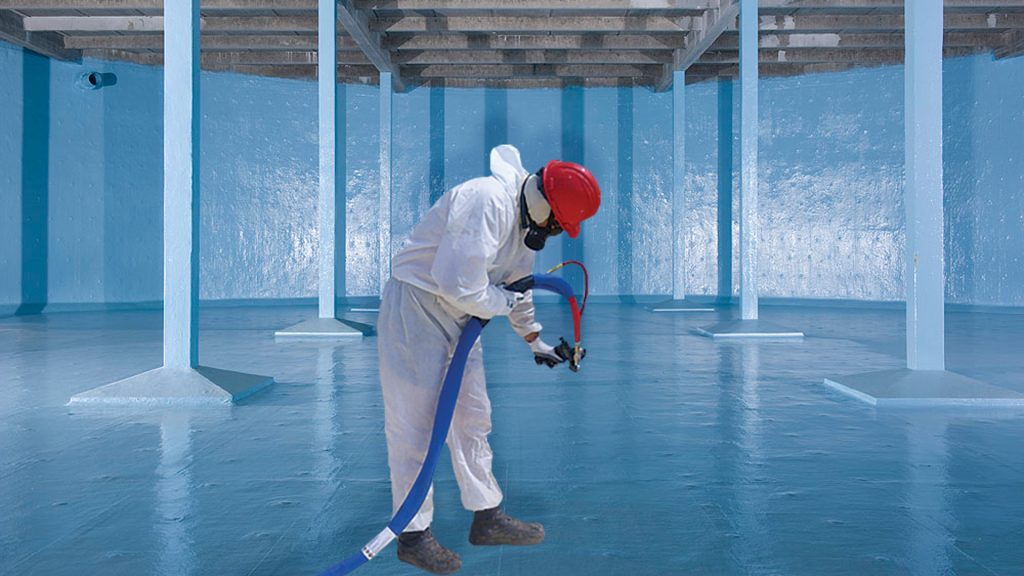Regular upkeep is crucial for maintaining the benefits of coatings in industrial environments. These coatings safeguard a business’s longevity and functionality by shielding against corrosion and wear and tear while also enhancing its appeal. To ensure these coatings remain effective, it is essential to maintain them.
Routine maintenance of coatings is key to preserving their integrity and quality. This upkeep is necessary to safeguard the underlying materials from corrosion and damage. Neglecting regular maintenance may result in issues like flaking, cracking or other forms of deterioration leading to repairs or replacements.
Moreover, regular maintenance contributes to preserving the appeal of these coatings. Without care, coatings may lose their luster or color over time, negatively impacting the business appearance and potentially driving away customers.
Additionally, consistent maintenance can help prolong the lifespan of coatings. Regular inspections and upkeep allow for detection of any signs of wear and tear before they escalate into problems.
To avoid repairs or replacements, it’s important to maintain the coating.
In essence, keeping coatings well-maintained is crucial for a business’s overall health and efficiency. Not only does it shield the underlying material from corrosion and other damage, but it also helps preserve its aesthetic appeal. Moreover, regular maintenance can contribute to extending the lifespan of the coating, ultimately saving the business time and money.
GUIDE: ENHANCING PROFESSIONAL PROTECTIVE COATINGS FOR PEAK PERFORMANCE
upkeep of protective coatings plays a vital role in ensuring optimal performance and durability. By restoring these coatings, they can act as a shield against harm, adding significant value in industrial settings. Here are some simple steps to restoring coatings:
Check the Coating
The initial step in restoring a protective coating involves examining it for any signs of damage, like chipping, flaking or discoloration. If significant damage is observed, removing and replacing the layer might be necessary.
Cleanse the Surface
Subsequently, cleanse the surface using a detergent and warm water.
Here are the steps to prepare coatings for application:
1. Clean the surface to remove any dirt, debris and contaminants that might affect the restoration process. Remember to use a cloth or brush to prevent scratching the coating.
2. Address any damaged areas on the surface after it has been cleaned. Fill in cracks. Chipped spots with a patching compound that matches the coating material.
3. Apply a coating to the areas using a product specifically formulated for that material type. Follow the instructions provided by the manufacturer regarding application techniques and drying times.
4. Regularly. Maintain the coating to check for any signs of damage or wear. This ongoing monitoring will help ensure that the coating is functioning effectively and prolong its longevity.
By following these guidelines, you can enhance coatings performance and durability, ultimately safeguarding your assets from potential harm over time.
Here are the key steps for getting coatings ready for application:
1. Thoroughly clean the surface. Make sure to remove all dirt, dust and debris from the surface before applying any coating. Using methods like pressure washing power scrubbing or chemical cleaning can help get rid of contaminants that might affect how the coating sticks.
2. Prep the surface. Once clean, it’s important to prep the surface by filling in cracks removing rust and smoothing out any patches. This step is crucial for metal surfaces to prevent coating failure.
3. Apply a primer. Before applying the coating, it is recommended to put on a primer. Primers help create a bond between the surface and the coating while also shielding it from corrosion.
4. Mask off areas: Use tape and plastic sheeting to mask off areas like windows, doors and electrical outlets that shouldn’t be coated.
5. Apply the coating. After cleaning, prepping and priming the surface, you can proceed with applying the coating.
To complete this task, you can use a brush, roller or spray gun, depending on the type of coating you’re using. It’s crucial to adhere to the instructions provided by the manufacturer for application since each coating has its own requirements.
By following these steps, you can ensure that protective coatings are applied accurately and have a lifespan. Proper preparation is essential to achieving the desired outcomes.
TIPS FOR EVALUATING AND TESTING PROFESSIONAL PROTECTIVE COATINGS
Evaluating and testing coatings is vital for maintaining their durability and ensuring the protection of the surface underneath. There are strategies that can be employed to verify that the protective coating is applied correctly and meets quality standards. Delivers satisfactory results.
Visual Examination: This method involves inspecting the coating for any defects or irregularities that may have occurred during application, such as drips, unevenness, missed spots or tiny gaps. visual inspection should be done after applying the coating and allowing it to dry.
Adhesion Testing: This test assesses how the protective coating adheres to the substrate beneath it.
Testing the adhesion of a coating is commonly done using a pull-off test, where a pull-off tape is applied and the force needed to remove it is measured. The higher the force required, the greater the adhesion.
To measure the hardness of a coating, a hardness test is conducted using a pencil with hardness levels. A higher grade indicates a coating.
Assessing the flexibility of a coating involves conducting a flexibility test using a mandrel with shapes. The ability of the coating to bend around the mandrel determines its grade, with flexibility indicating quality.
The drying time of a coating is determined through a drying test using a drying rack equipped with slots and timers. By comparing the drying time to manufacturer’s specifications, efficiency can be evaluated.
For testing corrosion resistance, a salt spray test is employed by exposing the surface to salt spray in a chamber and monitoring corrosion development over time.To enhance the durability of coatings, it is essential for the coating to resist corrosion from salt spray for an extended period. Ensuring application and adherence to quality standards is crucial in maintaining the effectiveness of coatings. Inspection and testing play a role in preserving both the coating and the surface it protects.
Here are some tips to maximize the lifespan of coatings:
1. Surface preparation: Before applying any coating, thorough cleaning and preparation of the surface are necessary to remove dirt, debris and contaminants that could affect adhesion and performance.
2. Follow the manufacturer’s instructions. It is important to follow the instructions provided by the manufacturer for results when applying the coating.
3. Use Appropriate tools. Using tools for application is vital to ensuring coverage and effectiveness.
4. Application Conditions: Adhering to specified temperature and humidity ranges recommended by the manufacturer ensures application.
5. Maintenance: Routine maintenance and inspection are essential for detecting any damage or signs of wear on the coating, promoting longevity.
6. Avoid Extreme Heat and Abrasion: Protecting the coating from heat or abrasion helps prevent deterioration over time.
Make sure to use high-quality products for durability of the coating. If you’re not confident in applying or caring for the coating, it’s wise to consult a professional for guidance.




